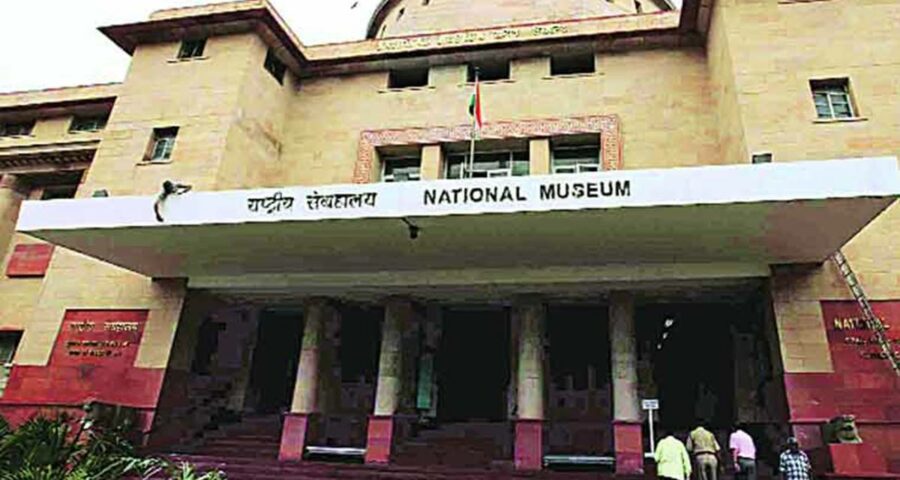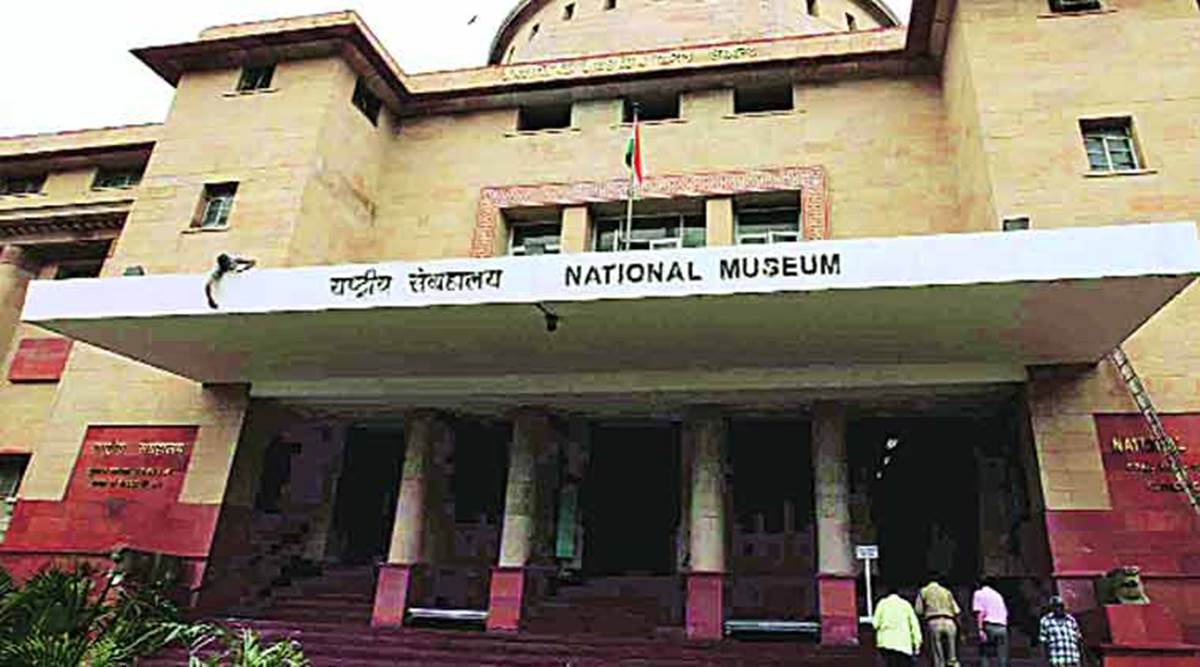The impending demolition of the building that houses India’s archives, as a part of the Central Vista project, might be ominous in its impact on the writing – and rewriting – of Indian history
Written by Swapna Kona Nayudu
The Modi-led BJP government is set to demolish, either in their entirety or in parts, a large swathe of monuments in New Delhi. Amongst these are the National Archives of India (Annexe), the National Museum of India and the Indira Gandhi National Centre for Arts (IGNCA) that are significant to the preservation of and access to texts and artefacts of Indian history. Purportedly, the buildings are being razed to make space for the government’s Central Vista project, an architectural renovation that has provoked widespread criticism internationally and from within the country, for taking up billions of dollars amidst a public health breakdown, particularly severe in New Delhi.
Although Hindutva maximalism is certainly new, a regime looking to cast the capital in its own dye is one with colonial and postcolonial antecedents. The area in question known by the adopted shorthand “Lutyens’ Delhi” was so named after the British architect Sir Edwin Lutyens who designed large parts of this area, including the presidential complex, and headed a team of notable architects along with Sir Herbert Baker, to build Rashtrapati Bhavan, Rajpath, India Gate, Janpath and the Parliament House. Post-independence, this landscape underwent a dramatic transformation from the 1950s, with the emergence of buildings with a brutalist façade such as Krishi Bhavan, Vigyan Bhavan, Nirman Bhavan, Udyog Bhavan, Raksha Bhavan, Shastri Bhavan and the Jawahar Bhavan that houses the Rajiv Gandhi Foundation, which are now slotted for demolition.
The National Archives, National Museum and the IGNCA are significant repositories but the existence of the Bhavans has its own emblematic meaning. Why has their impending demolition occasioned panic? Petitions against the project have become a locus of anxieties regarding cultural heritage, access to historical documents and notions of what constitutes a pluralistic public culture. The uprooting of the National Archives’ collections, in particular, seems connected to earlier protests against the alteration of the Nehru Memorial Museum and Library, colloquially known as Teen Murti (Bhavan). Both these reconstructions are also connected to the highly contentious appointments of the Indian Council of Historical Research (ICHR) and the National Council of Educational Research and Training (NCERT) textbook controversy from the early-Modi era. Together, these exhaustive changes revise ways in which Indian history is being written and consumed.
The experiences of erstwhile Yugoslavia that lost its archives in a targeted bombing in 1999 can be contrasted with the Norwegian experience of World War II when archival collections in Oslo were evacuated before the Germans arrived; Poland was not so fortunate, and indeed, neither were the Germans when Russian troops pillaged their archives during the tail end of the war. These wartime parallels seem apt because of the battlefields that archives represent, even in more peaceful times, between archivists and historians. A circular put out by the NAI on March 2 repeatedly uses the phrase “reviewing and weeding out” with respect to files, which would be alarming in itself without the added background score of the workings of a bulldozer. Further on, the circular refers to files requiring “maintenance and disposal”, which could very well imply the obliteration of entire lists of files under particular categories. Oddly, despite the NAI mission statement’s injunction to “scientific temper among creators, custodians and users of records”, the relocation has been entirely disdainful of any historical expertise. Even though the vision statement speaks of the need “to foster close relations between archivists and archival institutions, both at the national and international levels”, the International Council on Archives (ICA) has not yet put out a statement commenting on this proposed relocation of an entire archive without any measure of accountability as to its holdings.
The fate of the National Archives Museum (which is a museum within the NAI), is also now unknown — will it also be rehoused along with the archives from the Annexe and the Reading Room? India has a diffuse and exciting intellectual culture but one whose sources are hotly debated, often because they cannot be found in the original. Scholars often have to rely on international archives to source material that is complete and in readable condition for their work. As a corrective, digitising and archiving projects and the creation of databases have been underway in recent years, but even they would need to rely on the National Archives which is at the centre of all historical efforts. What the restructuring of the National Archives does for the State Archives is also unknown.
The BJP and its allied organisations have remained committed to decolonising, in this manner, the historical narrative of the creation of India that had, in their view, become overwrought with foreign influences, both Mughal and British colonial. Historically, this quest for a nationalist narrative requires colossal physical displacement of documentary collections, so that new history can be legitimated through nativist imagery. This crusade is ideological, but the spectre of bumbling bureaucracy serves its purpose well. It also makes invisible the labour of the archivists, librarians and allied staff running these institutions for the past 75 years, including stalwarts such as Prof Mushirul Hasan who served as the Director General of the NAI, and from whose expansive vision the archives benefitted immensely. It may be too late to stop the demolition of the structures, but perhaps the historical divisions of the ministries, where they are active, or official historians could be called upon to supervise the transfer of records and holdings wholesale and without any losses, and to catalogue and protect the history of a not-so-old nation.
The writer works on India’s international relations and political thought at Harvard University Asia Center
Source: Read Full Article


